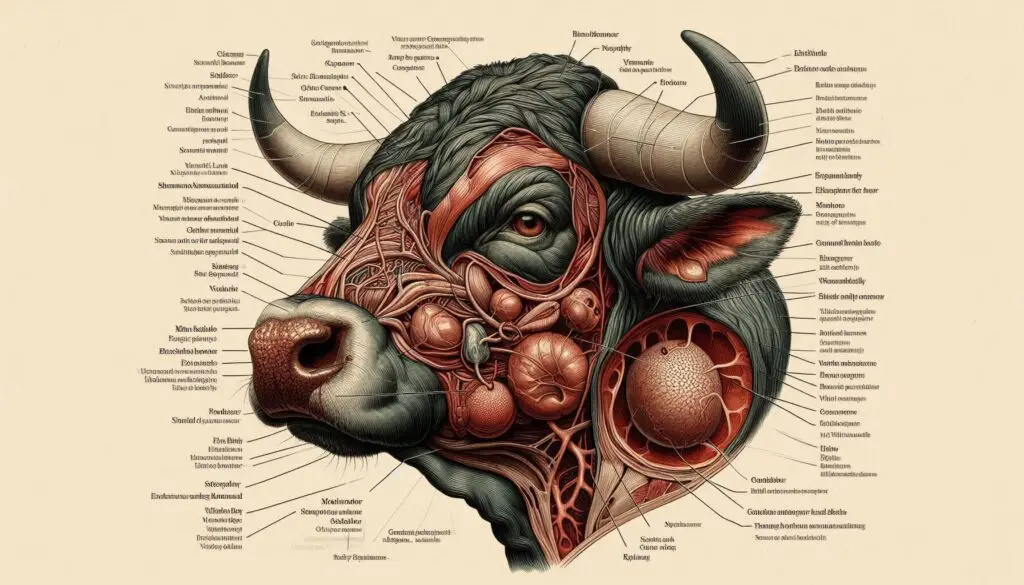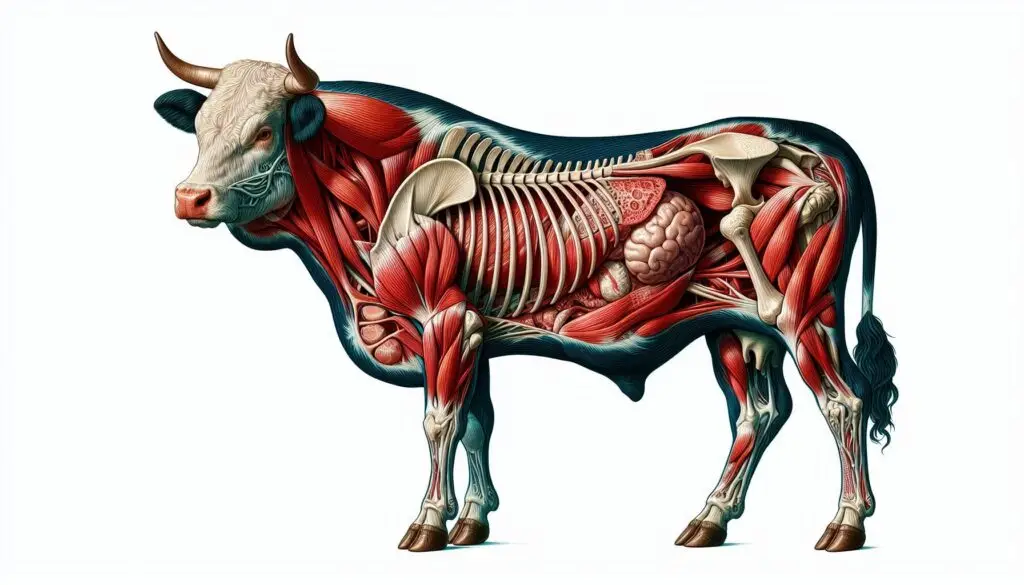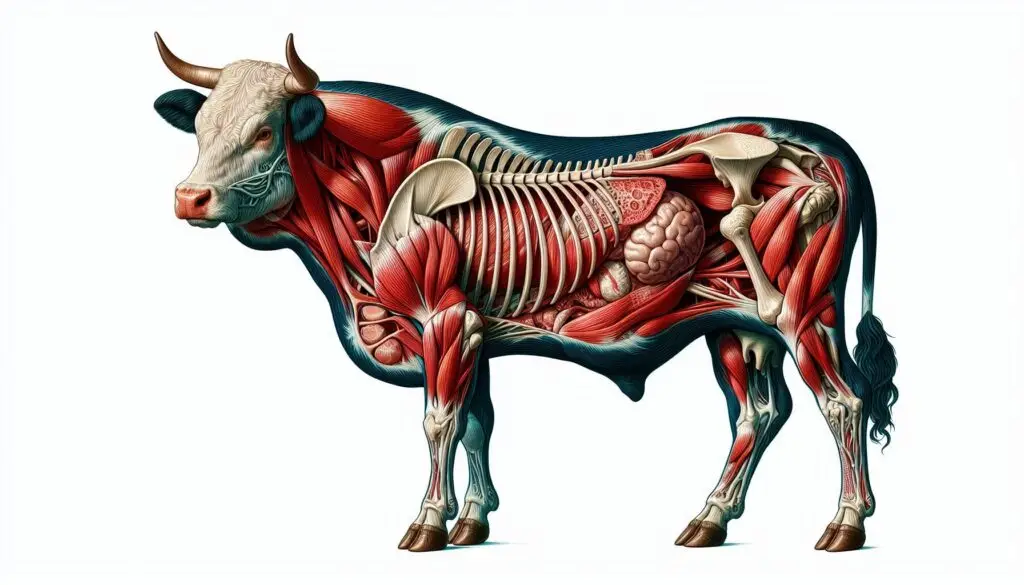Composition of Diluents for Bovine Semen Preservation

Semen diluents play a crucial role in maintaining sperm viability and fertility during storage and artificial insemination procedures. These diluents must have a carefully formulated composition to provide optimal conditions for sperm survival and function. In this article, we will explore the key components and ideal composition of semen diluents.
Objectives of Semen Dilution
Semen dilution serves two main objectives:
- Increasing the number of services from a single ejaculate: By diluting the semen, breeders can multiply the number of insemination doses. This allows more animals to be bred from one ejaculate.
- Maintaining sperm viability during storage: Semen diluents help keep sperm motility and viability high during storage, whether in liquid or frozen form.
Properties of an Ideal Diluter for Deep Freezing of Bull Semen
An effective diluter for deep freezing bull semen must possess specific properties:
- Protection: The diluter should protect spermatozoa during freezing, preventing ice crystal formation and cellular damage.
- Buffering Capacity: It must maintain the semen’s pH in the optimal range, typically between 6.8 and 7.4, during cooling and freezing.
- Osmolarity Control: The diluter should manage osmolarity to prevent excessive water movement into or out of sperm cells, which can cause damage.
- Antibacterial Properties: Ideal diluters often include antibacterial agents to prevent contamination during semen handling and storage.
- Cryoprotectants: The diluter should contain cryoprotectants like glycerol or dimethyl sulfoxide (DMSO) to protect sperm cells from cold shock and ice crystal formation.
- Nutrient Source: Including nutrients like glucose or fructose provides an energy source for sperm viability.
- Antioxidants: Antioxidants help protect sperm cells from oxidative damage during freezing and thawing.
- Chelating Agents: Chelating agents like EDTA can bind and neutralize harmful metal ions.
Composition of Ideal Semen Diluter
An ideal semen diluter should include the following components:
- Buffering Agents: Tris (Tris(hydroxymethyl)aminomethane) is commonly used to maintain optimal pH for sperm survival.
- Energy Sources: Glucose or fructose serves as energy sources to support sperm motility and function.
- Amino Acids: Glycine, alanine, and proline are essential for supporting metabolic processes in sperm.
- Ions and Electrolytes: Sodium, potassium, calcium, magnesium, phosphates, and bicarbonate regulate sperm motility and ensure osmotic balance.
- Antioxidants: Vitamin E, vitamin C, and glutathione act as antioxidants to guard sperm against oxidative stress.
- Cryoprotectants: Glycerol, DMSO, and ethylene glycol safeguard sperm during freezing and thawing.
- Surfactants and Lubricants: Egg yolk acts as a surfactant, providing lipids and proteins. Milk-based extenders utilize milk components for lipids and proteins.
- Chelating Agents: EDTA (Ethylenediaminetetraacetic acid) helps remove harmful metal ions.
- pH Adjusting Agents: Citric acid and sodium citrate adjust and maintain pH for sperm viability.
- Non-penetrating Cryoprotectants: Polyvinyl alcohol (PVA) and hydroxyethyl starch (HES) reduce ice crystal formation.
- Stabilizers: Bovine serum albumin (BSA) stabilizes sperm structure during storage.
- Antibiotics: Penicillin and streptomycin prevent bacterial contamination, ensuring semen quality.
Composition of TRIS (Tris-Hydroxymethyl Aminomethane) Diluter
The TRIS diluter is a popular choice with the following components:
- Tris-Hydroxymethyl Aminomethane: This primary component acts as a buffering agent to help maintain pH stability.
- Citric Acid: This secondary buffering agent supports pH balance.
- Fructose or Glucose: These provide an energy source for spermatozoa.
- Glycerol: Glycerol serves as a cryoprotectant to prevent ice crystal formation and protect sperm cells during freezing.
- Egg Yolk: Egg yolk contains lipoproteins that provide a protective coating and nutrients for sperm cells.
- Penicillin and Streptomycin: These antibiotics prevent bacterial contamination.
- Distilled Water: Distilled water acts as a solvent to prepare the diluter.
Composition of Egg Yolk Citrate Dilutor
The egg yolk citrate dilutor is another widely used option with the following composition:
- Citrate Buffer: This buffer maintains pH at an optimal level for sperm stability.
- Egg Yolk: Egg yolk provides nutrients and lipids for sperm nourishment and a protective lipid layer.
- Glycerol: Glycerol acts as a cryoprotectant, preventing ice crystal formation during freezing.
- Antibiotics: These are added to prevent bacterial contamination of the semen.
- Distilled Water: Distilled water is used for dilution to achieve the desired concentration and osmotic pressure.
Method of Preparation
To prepare the egg yolk citrate dilutor, follow these steps:
- Collect Fresh Eggs: Use eggs from healthy chickens.
- Separate Egg Yolks: Carefully separate the yolks from the whites.
- Sterilize Equipment: Ensure all equipment is sterile.
- Prepare Citrate Buffer: Create a citrate buffer with the desired concentration.
- Add Egg Yolks: Gradually mix the separated egg yolks into the citrate buffer while stirring gently.
- Mix Thoroughly: Ensure a well-mixed solution of egg yolk and citrate buffer.
- Add Glycerol: Gradually stir in glycerol to act as a cryoprotectant.
- Incorporate Antibiotics: Add antibiotics to prevent bacterial contamination.
- Dilute with Distilled Water: Gradually dilute the mixture with distilled water to achieve the desired concentration and osmotic pressure.
Calculating the Dilution Rate
To calculate the dilution rate of semen, you need to know the final volume of the diluted semen and the concentration of sperm in the final diluted semen. The dilution rate is the ratio of the initial volume to the final volume. Assuming you dilute the semen to a final volume of 0.5 ml per straw (a common volume for French mini straws), follow these steps:
- Calculate the number of sperm in the original semen sample:
- Number of sperm in neat semen = Semen volume × Sperm concentration in neat semen
- Number of sperm in neat semen = 5 ml × 1000 million/mL = 5000 million
- Motile spermatozoa = 5000 million × 70% motility = 3500 million motile spermatozoa
- Motile spermatozoa in 1 ml = 3500/5 = 700 million
- Calculate the number of sperm in the final diluted semen (one straw):
- Number of spermatozoa in diluted semen in 1 French straw = 10 million
- (Assuming a final volume of 0.5 ml per straw, 10 million sperm concentration in each straw)
- Number of spermatozoa in diluted semen in 1 ml = 20 million
- Calculate the dilution rate:
- Dilution rate = 700 million spermatozoa/20 million spermatozoa = 35
In this example, you would dilute the semen at a rate of 1:35 to achieve a final concentration of 10 million motile spermatozoa per 0.5 ml straw.
Conclusion
The composition of semen diluents is crucial for preserving sperm viability during storage and artificial insemination. Ideal diluents should contain buffering agents, energy sources, amino acids, ions, antioxidants, cryoprotectants, surfactants, chelating agents, pH adjusting agents, stabilizers, and antibiotics. The TRIS and egg yolk citrate diluters are two commonly used diluents with specific compositions tailored to meet the needs of sperm preservation. By carefully formulating the composition of semen diluents, breeders can ensure optimal conditions for sperm survival and fertility. This ultimately improves the success of artificial insemination programs.
For more pearls of Vets Wisdom:




Responses